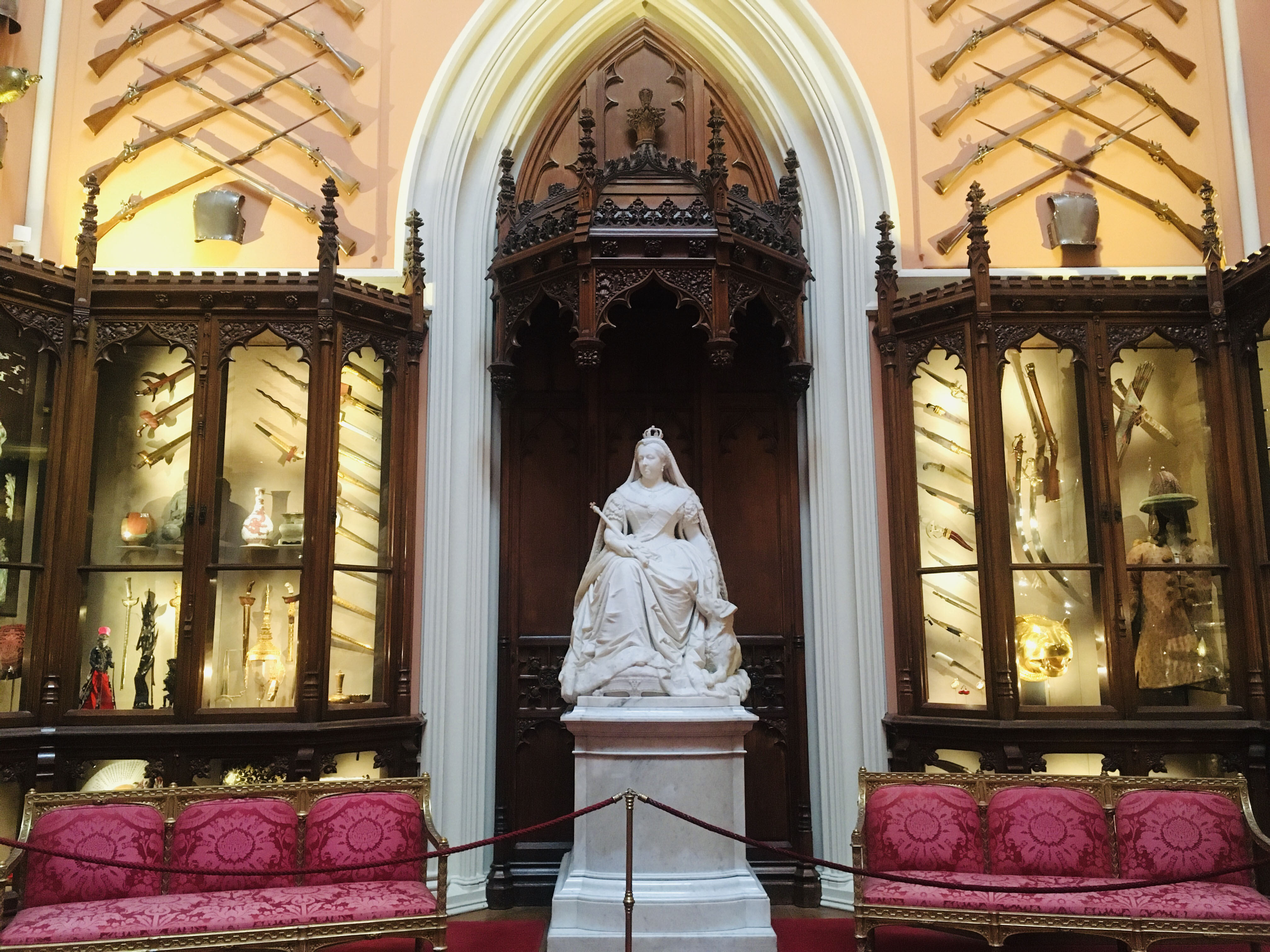
Grand Vestibule: The British Monarchy and the World
The Grand Vestibule at Windsor Castle reflects interaction between the monarchy and the wider world
Bronze head
c.1650RCIN 72544
From the fourteenth century, each new king (oba) of Benin began his reign by creating a shrine to his predecessor. Among the Edo peoples of Benin, the head represents the character and destiny of the individual, and freestanding heads like this one were placed on the shrines as symbols of the qualities of the previous ruler. Together with carved tusks, staffs and other artefacts, they served as the focal point for a living monarch's communication with his ancestor. This practice was a powerful reminder of the legitimacy and longevity of the ruling dynasty.
General Yakubu Gowon, Head of the Federal Military Government of Nigeria, presented the bronze to The Queen during his State Visit to the United Kingdom in 1973. The head dates from c.1650. It would have stood on a shrine in the palace of the oba of Benin until it was seized during the British Punitive Expedition of 1897. The bronze was most likely brought to Britain by an officer from the Expedition, where it later entered the art market. It was eventually bought, probably between 1946 and 1957, for the Nigerian National Museum, where it remained until 1973.







